Inside OCZ's Factory: How SSDs Are Made
by Kristian Vättö on May 20, 2015 8:30 AM ESTPackaging
Once the drive has exited the validation station without any errors, it's considered to be fully functional and is ready to be packaged.
Before the drive is put inside the retail package, the labels are put on the metal chassis. Currently this is done manually and requires extreme precision from the worker, but this is an area OCZ is looking to automate to reduce costs and increase the throughput of the factory.
The folding of the cardboard retail boxes has already been automated and is done by the machine above.
The drives and accessories are put inside the retail box by hand and the last step in the process is to wrap the complete box in plastic. The wrap is folded over itself, resulting in a pocket where the retail package is pushed into. The package will then go through a heat tunnel, which shrinks the plastic a creates a tight wrap.
The retails boxes are then put inside 10-drive shipping boxes. The shipping boxes and the black holders have actually been designed by OCZ and are something that Mr. Van Pattern introduced shortly after joining the company. The new design is much more tolerable to drops and pressure in order to keep the retail packages cosmetically in tact and the 10-drive size is easy to ship around. OCZ does drop tests periodically to ensure that both the retail package as well as the shipping box quality hasn't degraded and the drives are safe.
The last stop for the drive before it's shipped out is, of course, the warehouse, which also concludes our factory tour.
Final Words
First of all, I'd like to thank OCZ and PTI for giving us the exclusive inside look of their factory. Usually we only get to see the final product, but not the steps that are taken to develop and build the drive. As we saw, the actual assembly process of an SSD is not very complex, but there is a tremendous amount of continuous testing to keep the quality high. Some tests, such as the box drop test, may seem a bit redundant, but ultimately it's these little things and aspects that build a high quality product.
That said, I'm not an engineering or manufacturing expert, so it would be wrong for me to "review" OCZ's processes. What I can say, though, is that OCZ's attitude towards quality and reliability has completely changed. In the past it wasn't unheard of that a product would only spend roughly three months in development before entering mass production, but now even the qualification phase of the development process is typically longer.
All in all, the new OCZ is well aware of its questionable quality reputation from the past and is now doing everything it can to build the trust back. It won't happen overnight, but opening up the whole development and manufacturing process is a way of showing that OCZ has nothing to hide when it comes to quality.


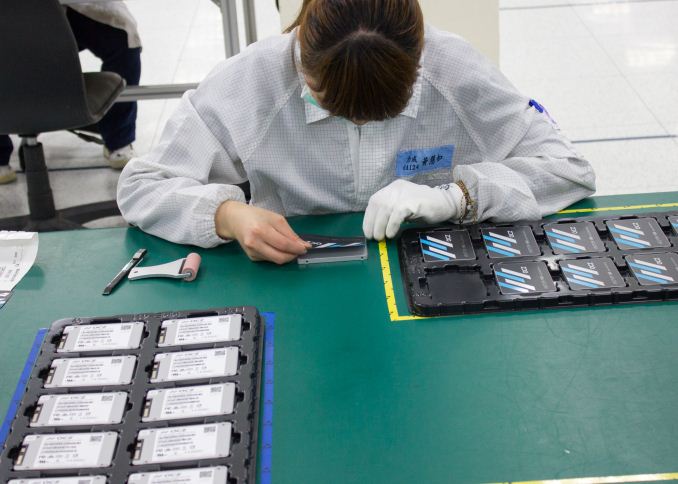
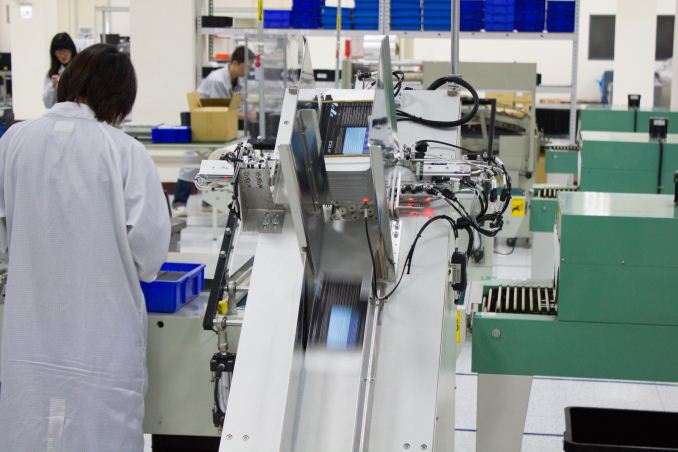
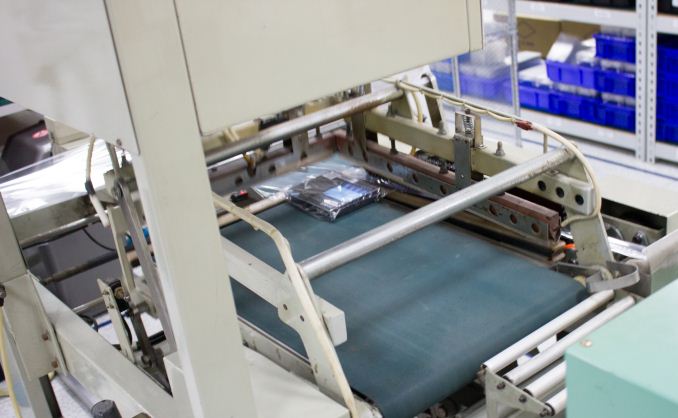
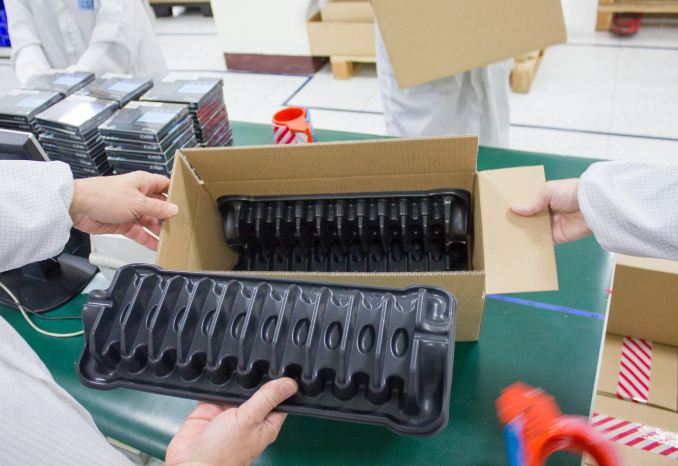
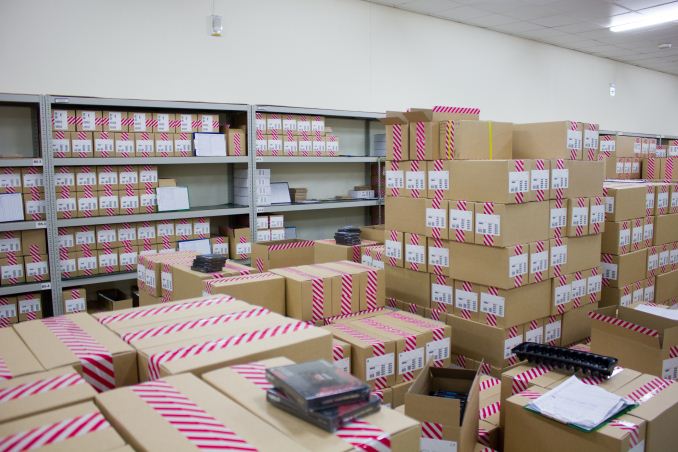








64 Comments
View All Comments
dreamslacker - Tuesday, May 26, 2015 - link
Seems like they have to de-panelize the boards before mounting the SATA connector because of the orientation during the panel design (the SATA connector pads are facing each other).JoyTech - Monday, June 1, 2015 - link
Kristian: just curious roughly how many people are employed at the OCZ SSD factory? Maybe it is confidential, but curious as to the number of employees, because you mentioned OCZ looking at automating parts of their process; where the process as of now looks pretty automated, especially for the critical steps.belawrence - Monday, June 1, 2015 - link
For those mentioning "How It's Made", they did an episode showing the manufacturing process of SSDs already - I've seen it at least ten times by now.boe - Monday, June 15, 2015 - link
bring on some 10TB and 32TB 3d NAND drives!